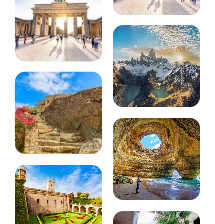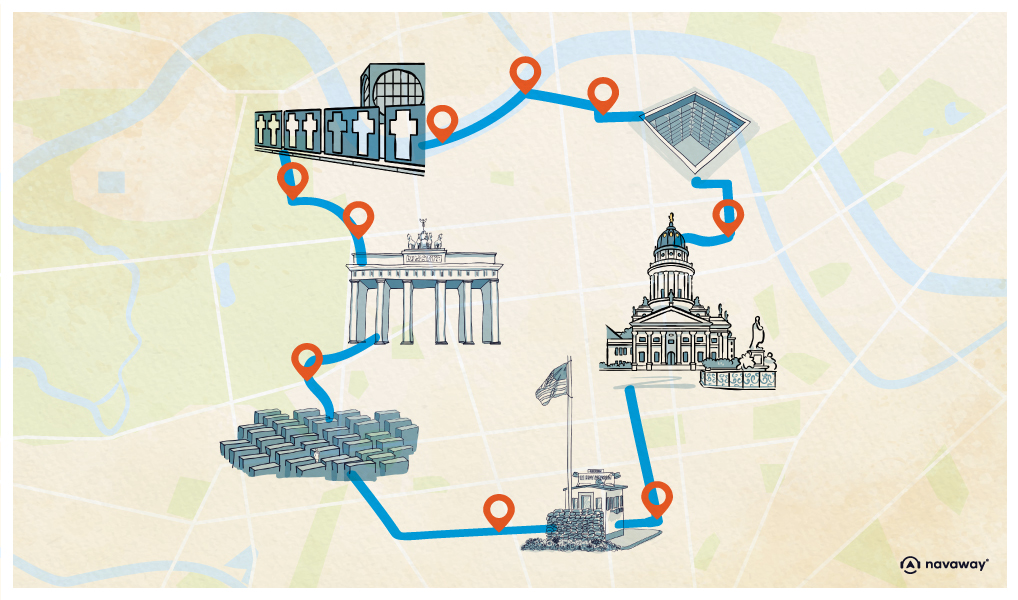
Discover the 13 must-see museums in Berlin
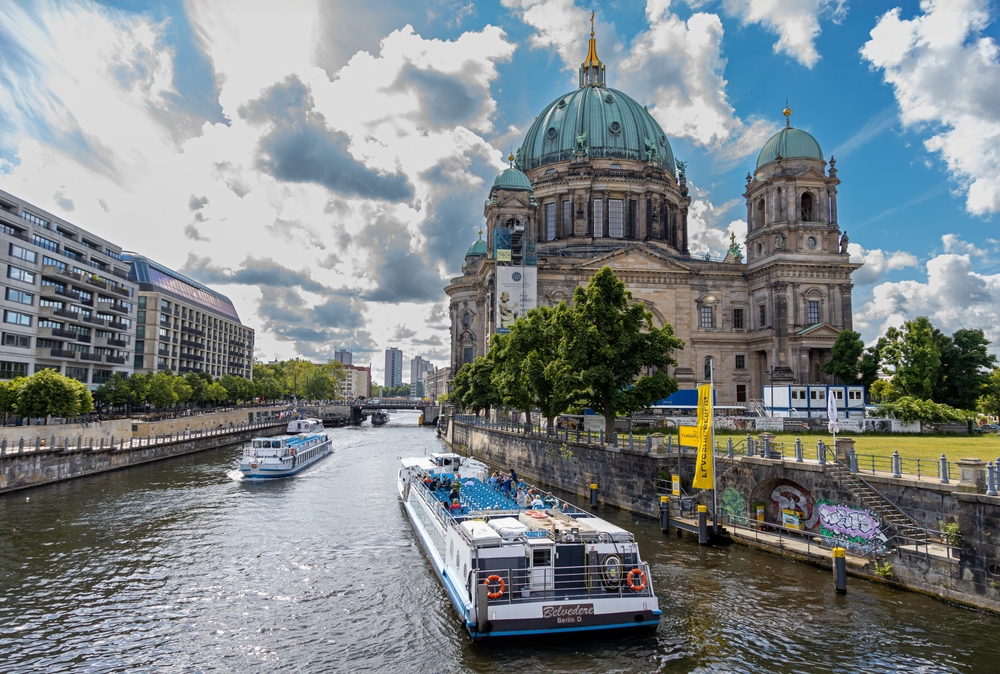
Berlin, Germany’s historic and cultural capital, is home to one of the richest concentrations of museums in the world. From the UNESCO World Heritage-listed Museum Island to the poignant testimonies of contemporary history, the city offers an exceptional panorama for all culture lovers. Whether you’re a lover of ancient art, modern history or the sciences, a visit to Berlin promises a fascinating dive into incomparable collections. Let us guide you through this selection of the 13 must-visit museums in Berlin, true cultural gems that make the German capital shine.

Also read the Berlin guide:
- Top 7 things to do in Berlin
- 8 must-see historic sites and monuments in Berlin
- Festival of Lights: Berlin lights up magically
- Top 5 hotels to stay in Berlin
- What are the best culinary specialities to eat in Berlin?
- Berlin Wall, everything you need to know from its construction to its fall
1. Pergamon Museum
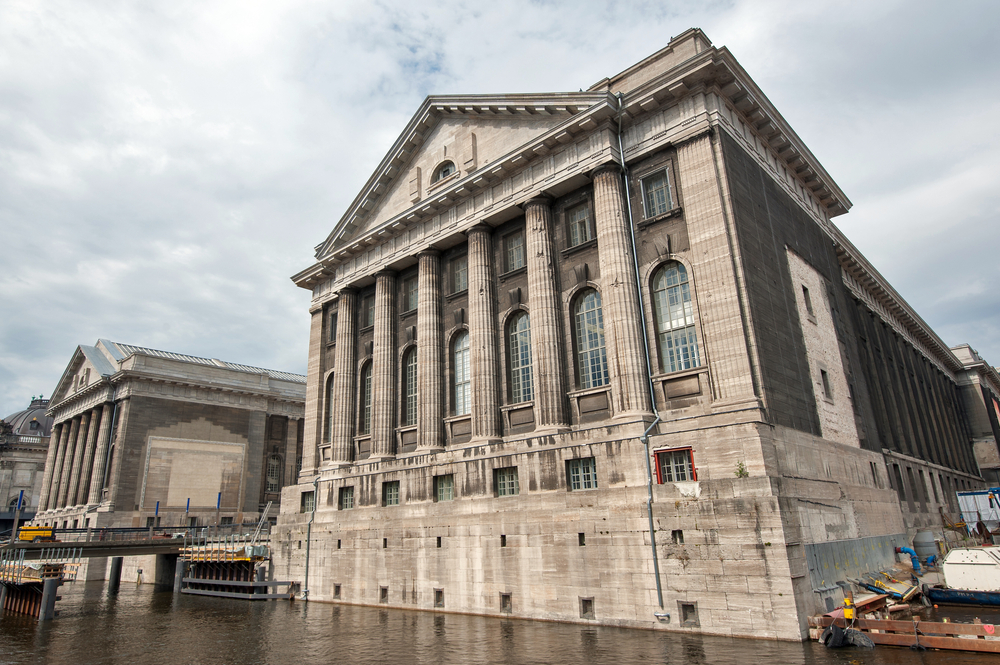
The Pergamon Museum is undoubtedly the jewel in the crown of the Museum Island and the most visited museum in Germany. Built between 1910 and 1930, this monumental building houses full-scale architectural reconstructions that leave visitors breathless. Although the museum is currently closed for major renovations until 2027, its annex “Pergamonmuseum. Das Panorama” remains accessible, offering an exceptional immersive experience.
The Pergamonmuseum’s collections are organised into three fascinating departments. The Museum of Classical Antiquities presents masterpieces of Greek and Roman art, including the famous Pergamon altar that gives the museum its name. The Museum of the Ancient Near East displays the spectacular Ishtar Gate from Babylon, with its blue enamelled bricks decorated with dragons and bulls. Finally, the Museum of Islamic Art boasts a remarkable collection spanning 1,300 years of history, including the façade of the desert castle of Mshatta.
For visitors eager to discover these treasures, the Navaway audio tour allows you to explore the Museum Island district on your own. While you wait for the full reopening, the Pergamonmuseum. Das Panorama offers a captivating alternative with its 360° panorama of the ancient city of Pergamon (Bodestraße, 10178 Berlin, open every day except Monday from 10am to 6pm, admission €14, concessions €7).
2. Neues Museum
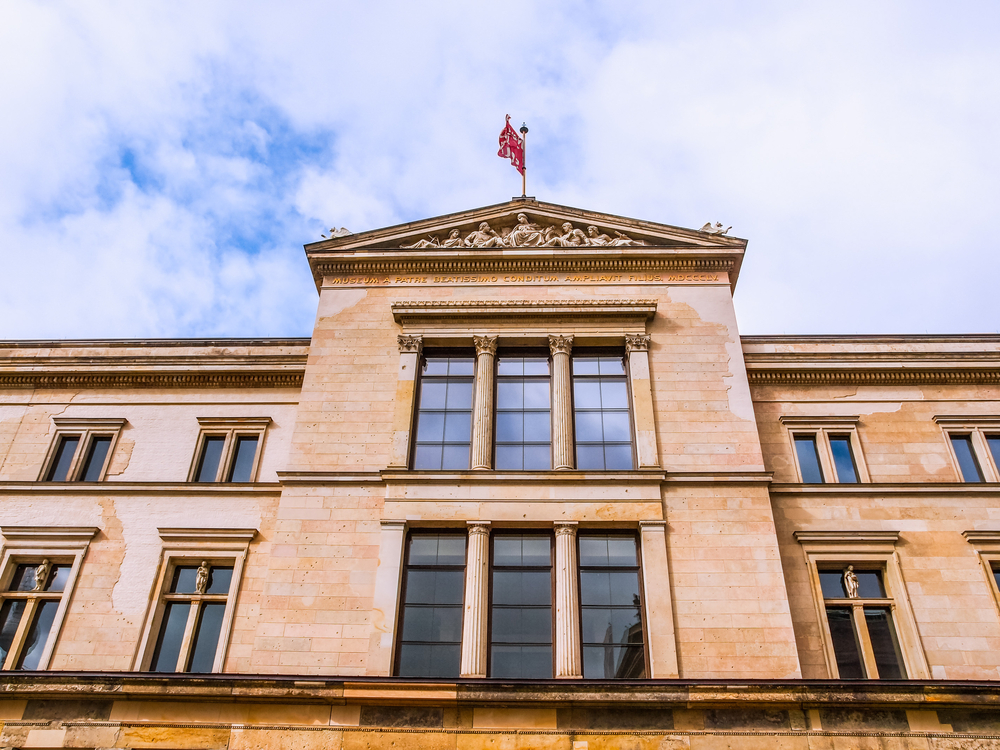
The Neues Museum, literally the “new museum”, is an architectural and museographic marvel. 70% of which was destroyed during the Second World War, it has been masterfully restored by British architect David Chipperfield, who has preserved the scars of history while creating luminous contemporary spaces. This combination of past and present makes the Neues Museum a work of art in its own right.
The undisputed star of the museum is the bust of Nefertiti, a masterpiece of Egyptian art dating back over 3,000 years. This strikingly beautiful polychrome sculpture attracts visitors from all over the world. As well as this emblematic treasure, the Neues Museum houses an exceptional Egyptian collection including sarcophagi, papyri and everyday objects from ancient Egypt. The museum also has a collection of prehistoric and protohistoric objects, including the Neanderthal from the Petit Feldhofer and the famous Berlin Golden Hat.
When exploring Berlin with the Navaway itinerary, don’t miss this gem on Museum Island. The Neues Museum is located at Bodestraße 1-3, 10178 Berlin. It is open every day from 10am to 6pm, with a late-night opening on Thursdays until 8pm. Admission: €14 full price, €7 concessions.
Download the audio tour to discover Berlin on foot and on your own
To discover Berlin at your own pace, there’s nothing like the Navaway audio tour. This 6.5 km tour guides you for around 2 hours and 40 minutes through 30 of the German capital’s major places of interest. Interactive navigation, historical commentary and captivating anecdotes accompany you throughout your visit, allowing you to explore Berlin on your own.
3. Jewish Museum Berlin (Jüdisches Museum)

The Jewish Museum in Berlin is much more than just a museum: it is an intense emotional experience that leaves a lasting impression on visitors. Designed by architect Daniel Libeskind, the building itself is a symbolic work of art whose deconstructivist architecture evokes the tragedy of the Shoah. The broken lines, voids and destabilising spaces tell the story of the rupture and absence left by the destruction of the European Jewish community.
The permanent exhibition traces two millennia of Jewish presence in Germany, from Roman times to the present day. The collections feature everyday objects, historical documents and personal accounts that bring this history to life. Among the most striking spaces, the Garden of Exile forms a disorientating labyrinth, while the Holocaust Tower plunges visitors into darkness and silence, creating a heavy, meditative atmosphere. The void runs right through the building, materialising absence and the unspeakable.
Located in the Kreuzberg district at Lindenstraße 9-14, 10969 Berlin, the Jewish Museum is open daily from 10am to 6pm. Admission to the permanent exhibition is free, while the temporary exhibitions cost €10 (normal rate) and €4 (reduced rate). Underground: Hallesches Tor (lines U1 and U6).
4. DDR Museum (GDR Museum)
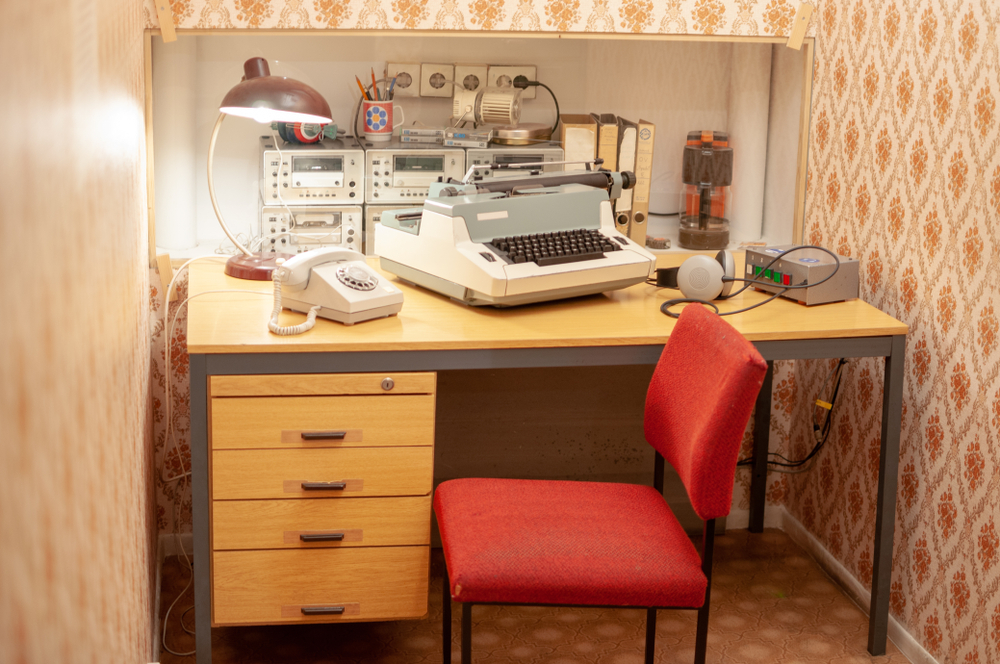
The DDR Museum, the museum of the German Democratic Republic, offers a fascinating and interactive insight into the daily lives of East Germans between 1949 and 1990. Unlike traditional museums, this one relies on interactivity and immersion to bring to life this controversial period in German history. Visitors can touch, open and handle most of the objects on display, making the experience particularly fun and educational.
The permanent exhibition recreates typical GDR flats, complete with period furniture, household appliances and everyday objects. One of the museum’s star attractions is the driving simulator for a Trabant, the emblematic car of East Germany, which allows visitors to experience what it was like to drive on the streets of East Berlin. The museum also deals with darker themes such as Stasi surveillance, the education system and propaganda, while also showing the positive aspects of life under the Communist regime.
Ideally situated on the banks of the Spree, opposite Berlin Cathedral, which you will discover on your Navaway tour, the DDR Museum is at Karl-Liebknecht-Str. 1, 10178 Berlin. It is open every day from 9am to 9pm (4pm on 24 and 31 December). Admission: €13.50, concessions: €8. Underground station: Museumsinsel (line 5).
5. Bauhaus-Archiv
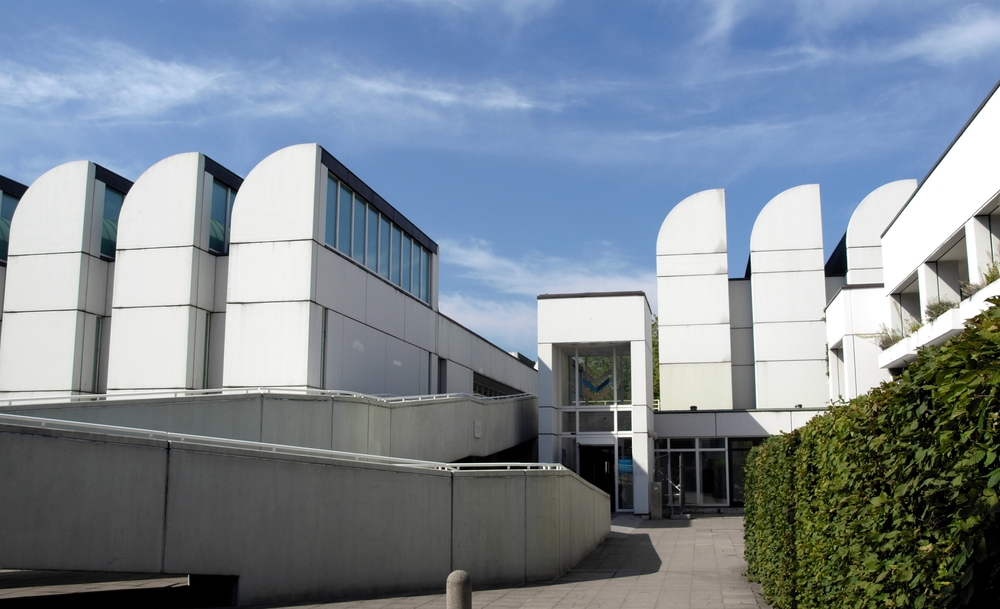
The Bauhaus-Archiv is the temple of modernist design and functionalist architecture. This unique museum is entirely dedicated to the Bauhaus movement, the revolutionary school founded in 1919 that profoundly influenced 20th-century art, architecture and design. The building itself, designed by Walter Gropius, founder of the Bauhaus, and modified by Alexander Cvijanovic, is a remarkable work of architecture with its characteristic shed roofs.
The permanent collections showcase the iconic creations of the Bauhaus masters: furniture, lighting, ceramics, textiles and everyday objects that embody the “form follows function” philosophy. You’ll discover Wilhelm Wagenfeld’s famous Bauhaus lamp, Marcel Breuer’s Wassily chair and Marianne Brandt’s teapots. The museum also holds numerous archive documents, drawings, photographs and models that trace the history of this legendary school and the considerable influence it has had on modern aesthetics.
The Bauhaus-Archiv is located at Klingelhöferstraße 14, 10785 Berlin. Please note: the museum is currently closed for renovation, with a reopening planned for the near future. Check the official website before your visit for the latest opening times and prices.
6. Altes Museum (Old Museum)
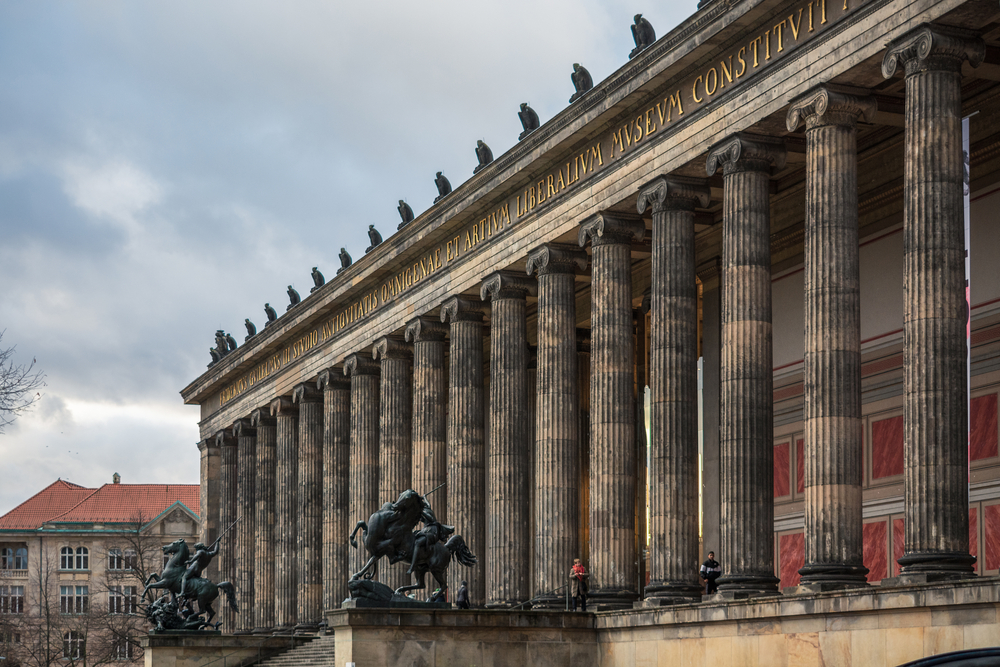
TheAltes Museum, Berlin’s first public museum, is a neoclassical architectural masterpiece designed by Karl Friedrich Schinkel and opened in 1830. Its imposing façade, with its 18 Ionic columns, is reminiscent of ancient Greek temples, while its interior rotunda is inspired by the Pantheon in Rome. This majestic architecture alone is reason enough to visit this emblematic museum on the Museum Island.
The Altes Museum houses the Classical Antiquities collection of the Berlin State Museums, one of the most important in the world. The ground floor is devoted to Greek art, with sculptures, vases, jewellery and everyday objects that bear witness to the splendour of Hellenic civilisation. Don’t miss the exceptional bronzes and terracottas from the Archaic period. The first floor features collections of Roman and Etruscan art, including portraits of emperors, mosaics and wall frescoes from Pompeii and Herculaneum.
Easily accessible from the other sites on the Navaway itinerary for visiting Berlin, the Altes Museum is located at Am Lustgarten, 10178 Berlin, on the Museum Island. Opening times: Tuesday-Sunday 10am-6pm, Thursday 10am-8pm, closed on Mondays. Admission: €12, concessions: €6.
7. Berlin Museum of Natural History (Museum für Naturkunde)
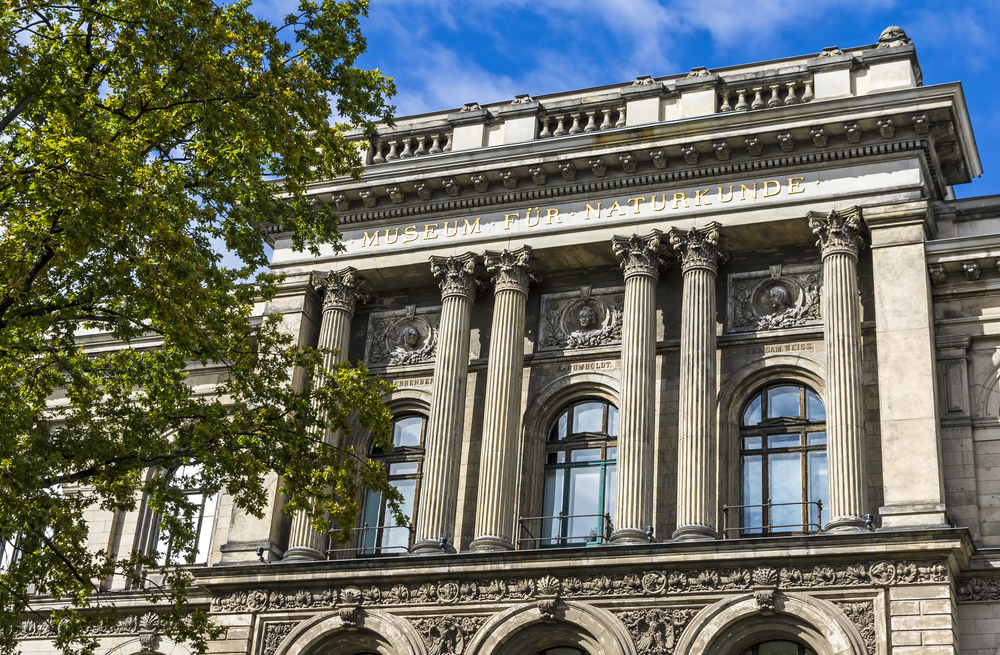
Berlin’s Natural History Museum is one of the largest and most important natural science museums in the world. Founded in 1810, it houses over 30 million specimens, making it a major centre of scientific research. For visitors, the museum offers an extraordinary insight into the evolution of life on Earth, from the origins of the cosmos to the present day.
The undisputed star of the museum is the world’s largest dinosaur skeleton on display: a 13.27 metre tall Giraffatitan brancai! This impressive creature dominates the spectacular Dinosaur Hall, where you can also discover Archaeopteryx fossils and many other prehistoric specimens. The museum features exhibitions on biodiversity, the evolution of species, minerals and meteorites. The ornithological and naturalised mammal collections are also remarkable. For an even more immersive experience, the museum offers virtual reality tours, enabling visitors to step back in time and observe the dinosaurs in their natural environment.
Located in the Mitte district at Invalidenstraße 43, 10115 Berlin, the museum is open Tuesday to Sunday from 9.30am to 6pm (closed on Mondays). Admission: €8, concessions: €5, free for children under 6. Underground station: Naturkundemuseum (line U6).
8. Berlin Wall Memorial (Gedenkstätte Berliner Mauer)
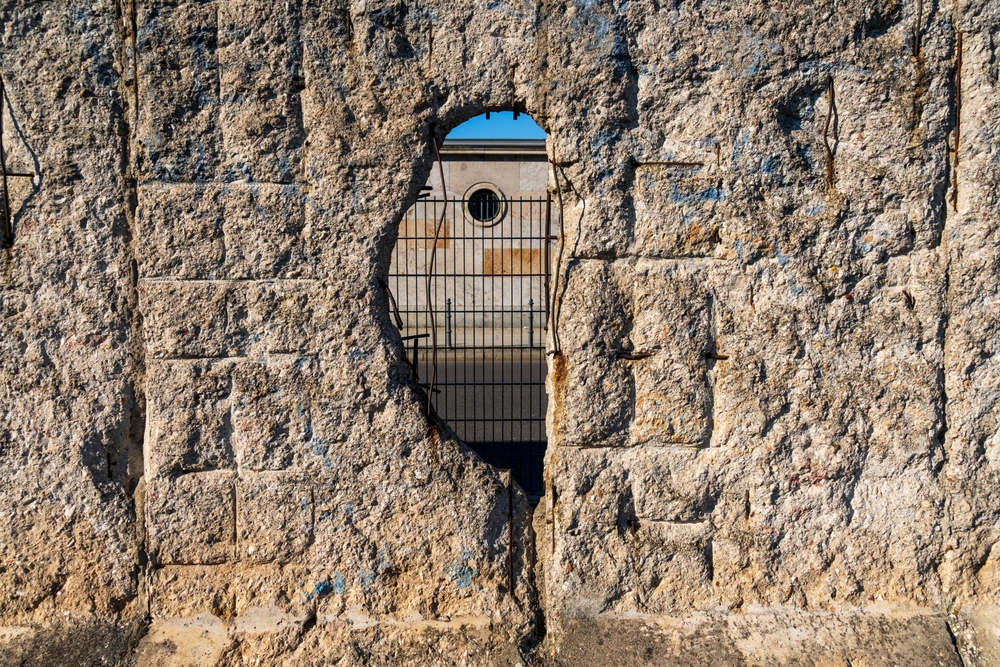
The Berlin Wall Memorial is an essential place of remembrance for understanding the division of the city and its dramatic human consequences. Located along Bernauer Straße, the memorial stretches over 1.4 km and is the last vestige of the entire border system: the inner wall, the “death strip”, the outer wall and the watchtowers. It is the only place where you can still see the reality of what separated East and West Berlin.
The documentation centre features photographs, video testimonials and archive documents tracing the history of the Wall from its construction in 1961 to its fall in 1989. Information points along the route tell the story of the often tragic escape attempts by East Berliners trying to reach the West. The Chapel of Reconciliation, built on the site of the former church destroyed by the East German regime, offers a place of meditation. From the top of the observation tower, you can enjoy an impressive overview of the memorial site.
Admission to the memorial and documentation centre is completely free. Address: Bernauer Straße 111, 13355 Berlin. Opening hours of the documentation centre: Tuesday-Sunday 10am-6pm (closed on Mondays). The outdoor site is accessible 24 hours a day. Underground station: Bernauer Straße (line U8).
9. Bode Museum
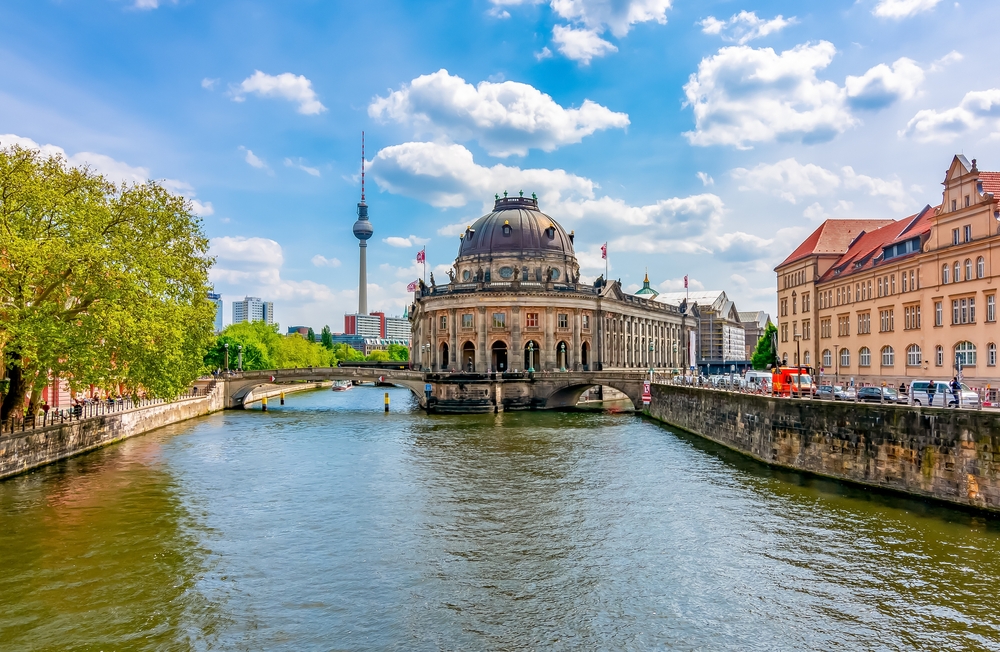
The Bode Museum, with its majestic silhouette on the bow of Museum Island, is a veritable palace of the arts. Inaugurated in 1904 as the Kaiser-Friedrich-Museum, it was renamed in honour of its first director, Wilhelm von Bode. Its sumptuous neo-baroque architecture and emblematic dome make it one of Berlin’s most beautiful buildings.
The museum houses an exceptional collection of sculptures from the Middle Ages to the end of the 18th century, considered to be one of the most important in the world. Among the masterpieces on display, don’t miss Donatello’s Pazzi Madonna, a masterpiece of the Italian Renaissance. The rooms also feature works by Tilman Riemenschneider, Antonio Canova and Jean-Antoine Houdon. The Museum of Byzantine Art occupies a significant part of the Bode Museum, with mosaics, icons and sculptures dating from the third to the fifteenth centuries. The numismatic collection, one of the most important in Europe, traces 2,600 years of the history of coins.
The Bode Museum is located at Am Kupfergraben, 10117 Berlin, at the northern tip of the Museum Island. Opening times: Tuesday-Sunday 10am-6pm, Thursday 10am-8pm, closed on Mondays. Admission: €12, concessions: €6. Free audio guides are available to enhance your visit.
10. Berggruen Museum
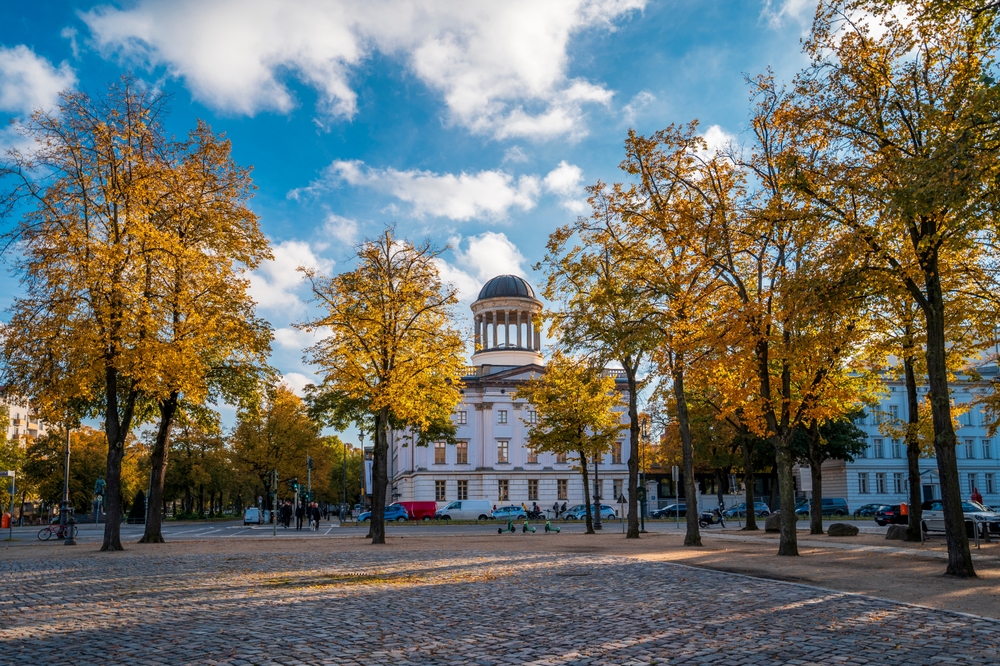
The Berggruen Museum is an intimate and refined showcase for classic modern art. Housed in an elegant neoclassical building opposite Charlottenburg Palace, the museum takes its name from the collector Heinz Berggruen, who bequeathed his exceptional private collection to the city of Berlin. The atmosphere of the museum, with its human-sized rooms and majestic staircase topped by a cupola, invites you to discover the works in a serene way.
The collection focuses on four major 20th-century artists: Pablo Picasso, Paul Klee, Henri Matisse and Alberto Giacometti. The museum has over 100 works by Picasso covering all the periods of his creative career, from the Blue Period to Cubism. The rooms devoted to Paul Klee feature around sixty paintings and drawings by this master of abstract art. Giacometti’s spindly sculptures and Matisse’s colourful nudes complete the picture. The museum also features works by Georges Braque and Paul Cézanne.
Address: Schloßstraße 1, 14059 Berlin, opposite Charlottenburg Palace. Opening times: Tuesday-Friday 10am-6pm, Saturday-Sunday 11am-6pm, closed on Mondays. Admission: €10, concessions: €5. Underground station: Richard-Wagner-Platz (line U7) or Sophie-Charlotte-Platz (line U2).
11. Deutsche Kinemathek (Film and Television Museum)
The Deutsche Kinemathek, the Museum of German Cinema and Television, celebrates Germany’s rich film heritage and the history of television. Located on Potsdamer Platz, this cultural institution pays tribute to the golden age of Berlin cinema in the 1920s and 1930s, when the city rivalled Hollywood, as well as to contemporary German cinema.
The permanent exhibition traces the history of German cinema through costumes, posters, original scripts and filming equipment. An entire section is devoted to Marlene Dietrich, the icon of German cinema, with her personal wardrobe and numerous souvenirs. The museum also features masterpieces of German Expressionism such as Fritz Lang’s Metropolis and Murnau’s Nosferatu. Interactive installations give visitors an insight into film techniques and an introduction to trick photography. The exhibition on German television traces the development of this medium from its beginnings to the digital age.
The Deutsche Kinemathek is located at Potsdamer Straße 2, 10785 Berlin, on the famous Potsdamer Platz, which you will discover on your visit to Berlin with the Navaway app. Opening times: Wednesday-Monday 10am-6pm, Thursday 10am-8pm, closed on Tuesdays. Admission: €7, concessions : 4,50€.
12. Alte Nationalgalerie (Former National Gallery)

TheAlte Nationalgalerie is Berlin’s temple to nineteenth-century painting. This splendid neo-classical building in the shape of a Roman temple, perched on a high plinth, majestically dominates the Museum Island. Opened in 1876, it was designed by Friedrich August Stüler as a sanctuary for the fine arts. The equestrian statue of Frederick William IV that greets visitors on the forecourt sets the tone: you are entering a place dedicated to the greatness of art.
The collections of the Alte Nationalgalerie are organised over three levels and cover all the major artistic movements of the 19th century. Classicism is represented by works by Johann Gottfried Schadow and Christian Daniel Rauch. German Romanticism shines through in the dramatic landscapes of Caspar David Friedrich, while the Biedermeier movement is illustrated by intimate scenes. The museum also boasts a remarkable collection of French painting, with canvases by Manet, Monet, Renoir, Cézanne and Degas. Sculptures by Auguste Rodin and Symbolist works by Max Klinger complete this exceptional collection. The central rotunda, with its ornate dome and marble columns, is a magnificent setting for these masterpieces.
The Alte Nationalgalerie is located on the Museum Island at Bodestraße 1-3, 10178 Berlin. Opening times: Tuesday-Sunday 10am-6pm, Thursday 10am-8pm, closed on Mondays. Admission: €12, concessions: €6. A combined ticket for Museum Island is available.
13. Deutsches Historisches Museum (German History Museum)
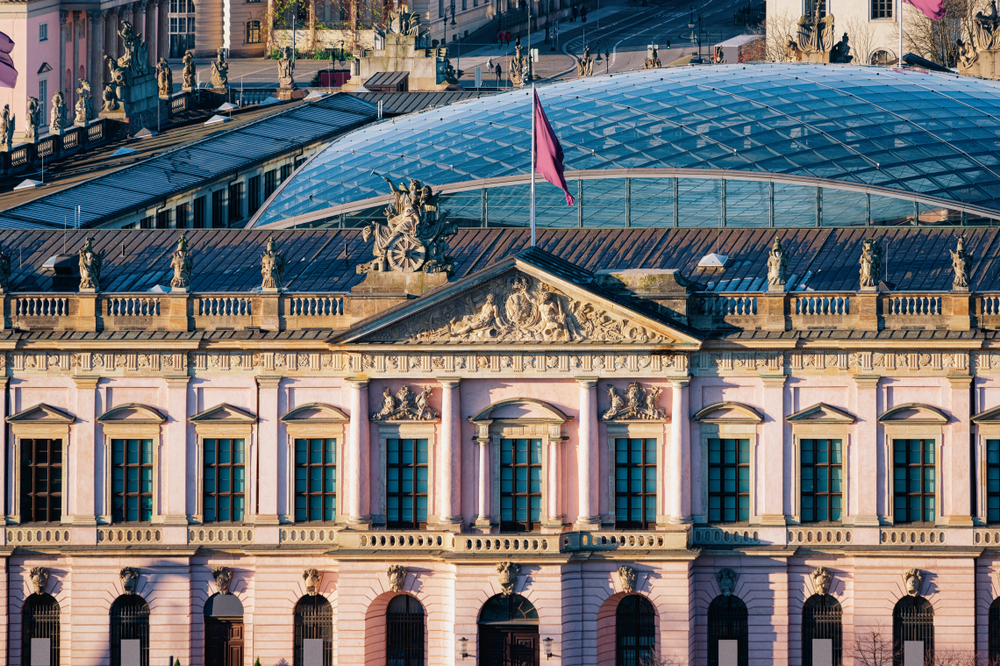
The Deutsches Historisches Museum offers a fascinating journey through two thousand years of German history. Housed in the former arsenal (Zeughaus) dating from 1706, the oldest building on Avenue Unter den Linden, the museum was completed in 2004 with a modern extension designed by the Chinese-American architect Ieoh Ming Pei. This combination of baroque and contemporary architecture perfectly symbolises the museum’s mission: to link past and present.
The permanent exhibition “German History in Pictures and Testimony” presents 8,000 objects over 8,000 m² of exhibition space, offering the most comprehensive overview of German history ever assembled. The chronological tour begins with the Roman era and the Holy Roman Empire, then moves on to the Reformation, the Thirty Years’ War and the Kingdom of Prussia, before moving on to the crucial moments of the 20th century: the two World Wars, the Weimar Republic, Nazism, the division of the country and reunification. The collections include medieval armour, historical paintings, everyday objects, political documents and personal accounts that bring this historical fresco to life.
Located in the historic heart of Berlin, which you can explore with the Navaway audio tour, the Deutsches Historisches Museum is at Unter den Linden 2, 10117 Berlin. Opening times: daily 10am-6pm. Admission: €8, concessions 4, free for under-18s. Underground station: Friedrichstraße (lines U6, S1, S2, S25).
In conclusion, a visit to Berlin’s museums is an extraordinary journey through art, history and world culture. From the Museum Island with its exceptional ancient collections to the poignant testimonies of contemporary history, the German capital offers an incomparable cultural diversity. Each museum tells a unique story, helping to make Berlin one of Europe’s richest cultural destinations. To make the most of your discovery of the city and make sure you don’t miss out on any of the must-see sites between two museum visits, let the Navaway audioguide guide you through Berlin’s most beautiful districts on your own.
FAQ : Berlin’s museums
What is the Museumspass Berlin and is it worth it?
The Museumspass Berlin is a cultural pass that gives you access to over 30 museums for 3 consecutive days. Priced at €32 (reduced €16), it offers considerable savings if you plan to visit several museums. It includes all the museums on Museum Island, the Jewish Museum and many others. The pass also allows you to avoid queues at certain museums.
How long does it take to visit Museum Island?
To properly visit the five museums on the Museum Island (Pergamonmuseum, Neues Museum, Altes Museum, Bode Museum and Alte Nationalgalerie), you need to allow at least a full day, or even two days for an in-depth visit. Each museum is worth between 2 and 3 hours. If you only have half a day, concentrate on the Neues Museum and the Alte Nationalgalerie.
Are Berlin’s museums free on certain days?
Some of Berlin’s museums offer free admission on the first Sunday of the month, but this rule does not apply to all museums and may vary. The Berlin Wall Memorial is free every day. Young people under the age of 18 often get free admission to national museums. It is advisable to check the official websites before your visit.
Do I need to book tickets for Berlin’s museums in advance?
For the most popular museums, such as the Neues Museum (bust of Nefertiti) and the Pergamonmuseum, online booking is highly recommended, and even compulsory for certain time slots. This will help you avoid long queues and guarantee your access, especially during the peak tourist season and at weekends. Other museums are generally accessible without reservation.
Which museums in Berlin are suitable for children?
The Natural History Museum is particularly well suited to children, with its impressive dinosaur skeletons. The DDR Museum is also very popular with young visitors, thanks to its interactive and fun approach. The Deutsches Technikmuseum (Museum of German Technology) fascinates children with its planes, trains and ships. For teenagers, the Film Museum and the DDR Museum are excellent choices.
200 audioguided tours for cities all around the world
Download